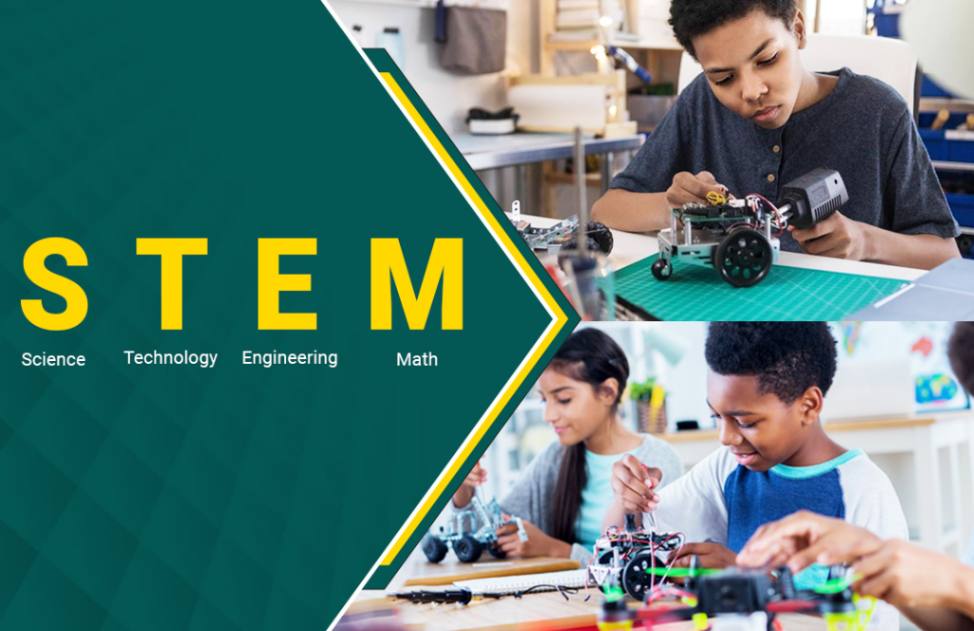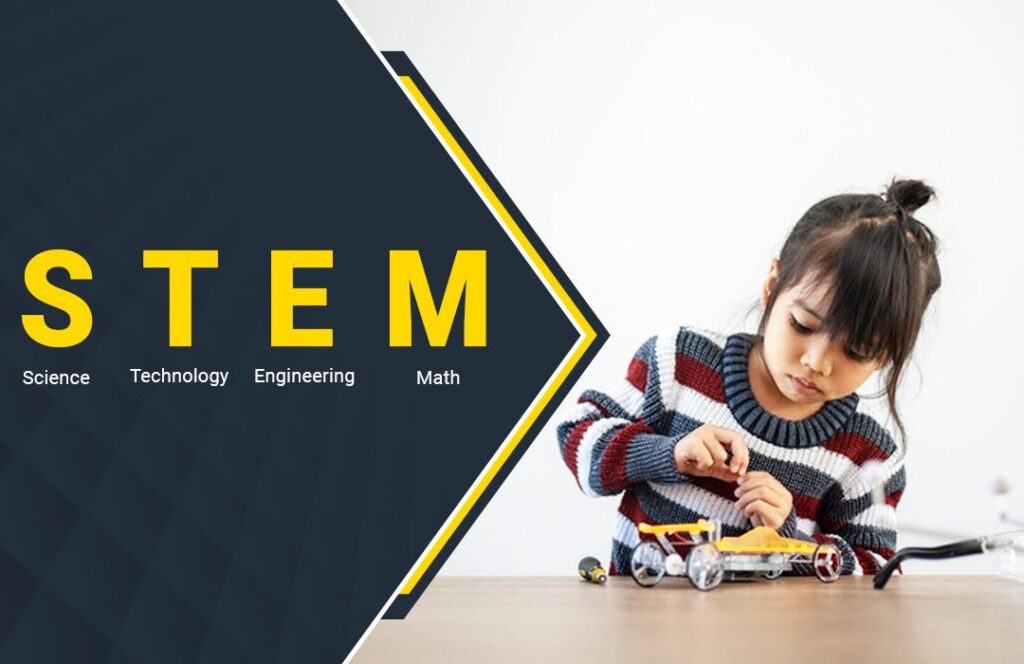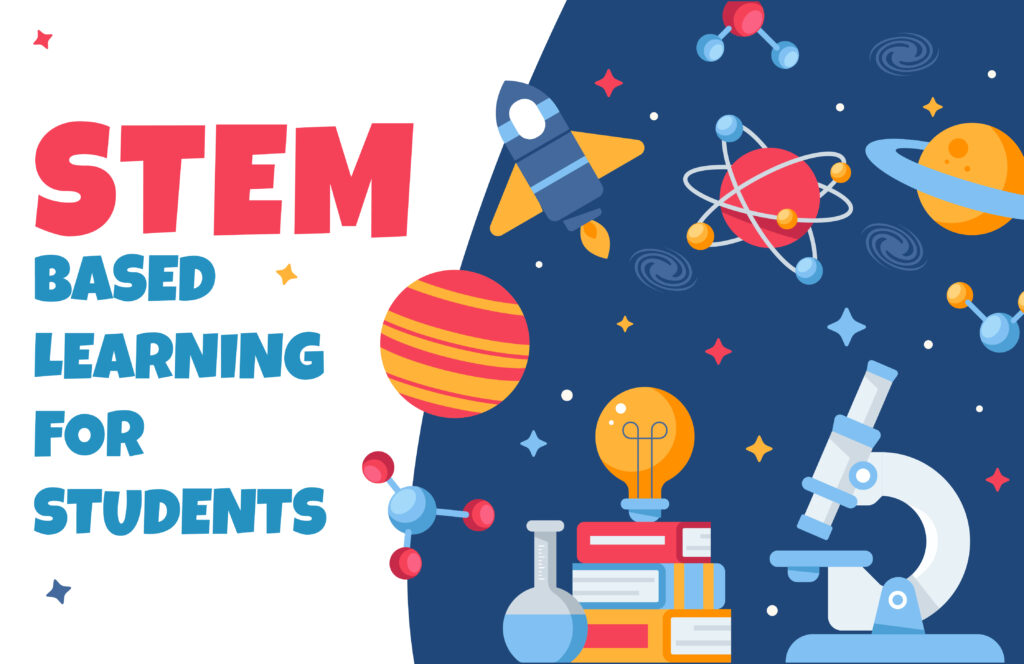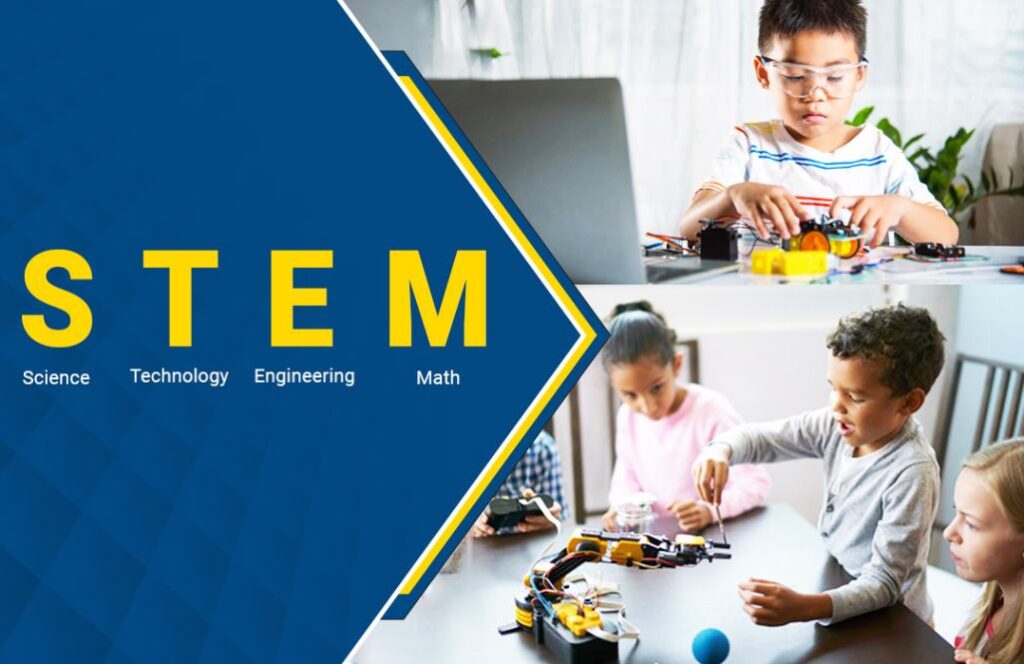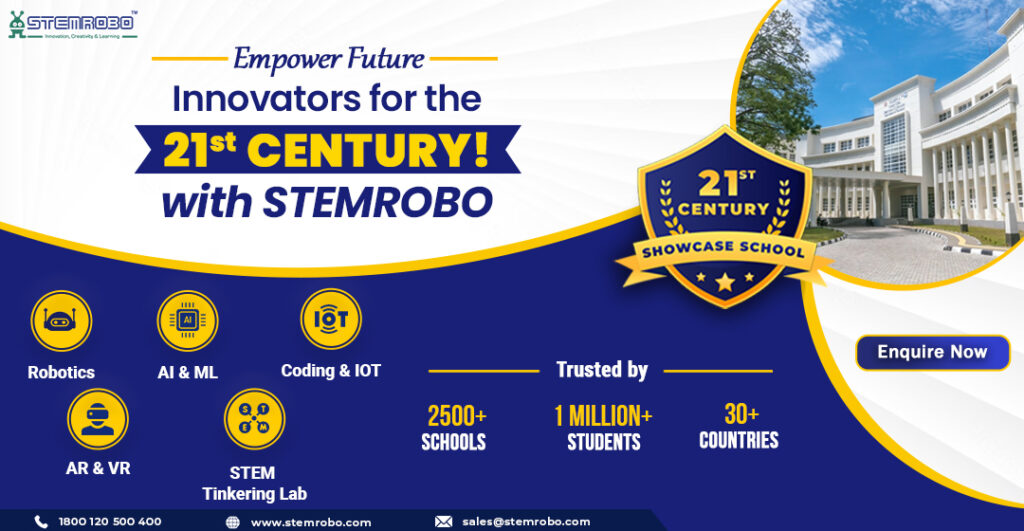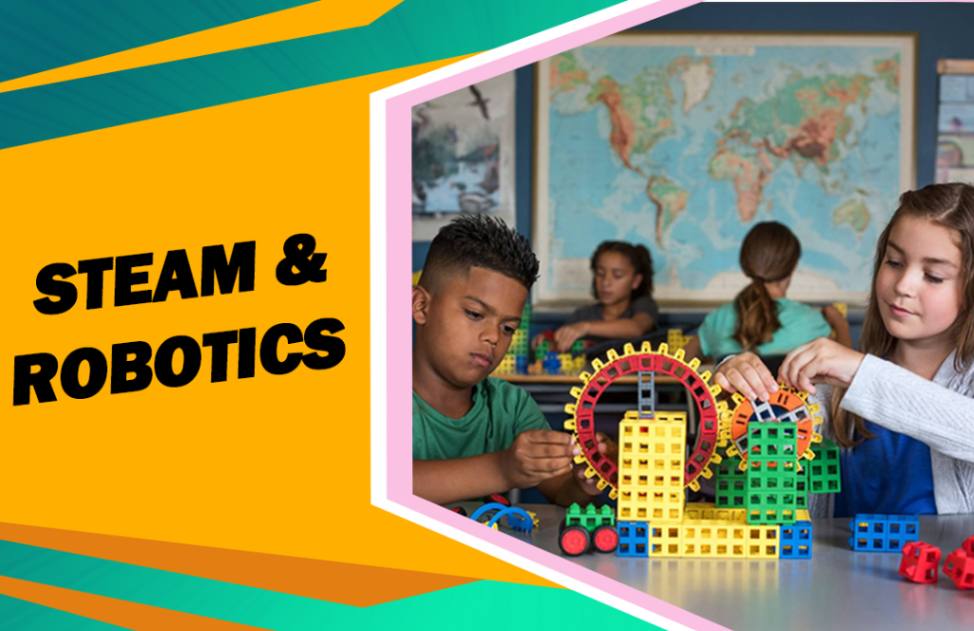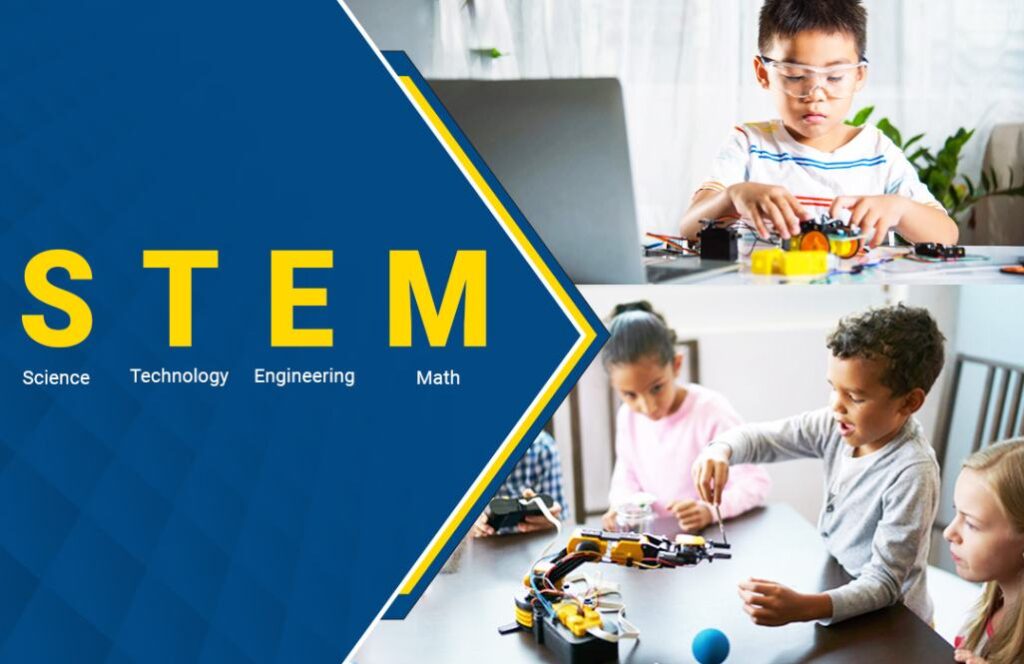What is stem education and why is it important
STEM education, including Science, Technology, Engineering, and Mathematics, represents a transformative approach to learning that integrates these disciplines into a complete and interdisciplinary framework. Each letter in STEM describes a fundamental aspect of this educational approach. Science emphasizes inquiry, exploration, and understanding of the natural world. Technology involves the use of tools and systems to solve problems and enhance learning. Engineering focuses on designing solutions to real-world challenges, applying scientific and mathematical principles. Mathematics provides the language and tools for quantifying and analyzing pat patterns in the world around us. Together, these disciplines form the foundation of STEM education, offering students a comprehensive and hands-on learning experience. STEM education is particularly important for K-12 students as it prepares them for the challenges and opportunities of the future. In today’s rapidly evolving world, where technological advancements are reshaping industries and societies, STEM literacy has become essential. STEM education equips students with the skills they need to thrive in a technology-driven world, such as critical thinking, problem-solving, creativity, and collaboration. These skills are not only valuable in STEM-related fields but are also transferable to a wide range of careers and life situations. By engaging students in STEM education from an early age, we can inspire curiosity, ignite a passion for learning, and prepare them to be innovative thinkers and lifelong learners. Looking ahead, STEM education offers numerous advantages from a future perspective. As automation and artificial intelligence continue to reshape the workforce, there is a growing demand for individuals with STEM skills. Jobs in STEM-related fields are expected to grow significantly in the coming years, offering students a wide range of career opportunities. By providing students with a strong foundation in STEM, we can help them develop the skills they need to succeed in the future job market, ensuring that they are well-prepared for the careers of tomorrow. Additionally, STEM education fosters a culture of innovation and entrepreneurship, empowering students to develop new ideas and solutions that can address the complex challenges facing society. For schools, integrating STEM education through hands-on learning is crucial for several reasons. Hands-on learning, also known as experiential learning, allows students to apply theoretical concepts in real-world contexts, making learning more meaningful and engaging. By engaging in hands-on STEM activities, students develop a deeper understanding of the subject matter and are better able to retain and apply what they have learned. Furthermore, hands-on learning helps develop essential skills such as problem-solving, critical thinking, and collaboration, which are essential for success in the 21st century. By integrating hands-on STEM education into the curriculum, schools can provide students with a well-rounded education that prepares them for the challenges of the future. Beyond academic skills, STEM education offers students a wide range of skills that are valuable in both academic and non-academic settings. These include creativity, communication, teamwork, and perseverance. Through hands-on STEM activities, students learn to think creatively, explore new ideas, and take risks. They also learn to communicate their ideas effectively, work collaboratively with others, and persevere in the face of challenges. These skills are not only valuable in STEM-related fields but are also essential for success in any career or life pursuit. By providing students with opportunities to develop these skills through STEM education, schools can help them become confident, capable, and adaptable individuals who are ready to take on the challenges of the future. In conclusion, STEM education represents a transformative approach to learning that prepares K-12 students for the challenges and opportunities of the future. By integrating science, technology, engineering, and mathematics into a cohesive and interdisciplinary framework, STEM education offers students a comprehensive and hands-on learning experience. It equips them with the skills they need to succeed in a technology-driven world, fosters a culture of innovation and entrepreneurship, and prepares them for the careers of tomorrow. By integrating hands-on STEM education into the curriculum, schools can provide students with a well-rounded education that prepares them for the challenges of the future and empowers them to become confident, capable, and adaptable individuals. Impact of STEM Education The impact of STEM education extends far beyond the classroom, shaping the future of individuals, communities, and nations. Here are some key areas where STEM education has a significant impact: Student Achievement: Research has shown that students who participate in STEM education programs demonstrate higher levels of academic achievement and are more likely to pursue careers in STEM-related fields. Economic Growth: STEM education is a driving force behind economic growth, as it fuels innovation, entrepreneurship, and job creation. Countries that invest in STEM education are better positioned to compete in the global economy. Workforce Development: STEM education plays a crucial role in developing a skilled workforce that can meet the demands of the 21st-century economy. By providing students with the skills employers are looking for, STEM education helps bridge the skills gap. Societal Advancement: STEM education is essential for addressing some of the most pressing challenges facing society, such as climate change, healthcare, and cybersecurity. By fostering a deep understanding of these issues, STEM education empowers individuals to make informed decisions and drive positive change. STEMROBO plays a crucial role in advancing STEM education by providing innovative tools, resources, and curriculum that enhance the learning experience for K 12 students. STEMROBO offers a wide range of products and solutions that are designed to engage students in hands-on learning and encourage them to explore STEM concepts in a fun and interactive way. One way STEMROBO supports STEM education is by providing schools with access to cutting-edge tools and resources. For example, the STEAM Paper Circuit Kit offers students a hands-on introduction to circuits and electronics, allowing them to create their own circuits and explore the principles of electricity. Similarly, the Robotics Curriculum for schools provides students with the opportunity to build and program their own robots, fostering a deeper understanding of robotics and programming concepts. Additionally, STEMROBO offers online learning platforms and courses that cover a wide range of STEM topics, including block-based coding, basic robotics, AI/IoT, and more.
What is stem education and why is it important Read More »

